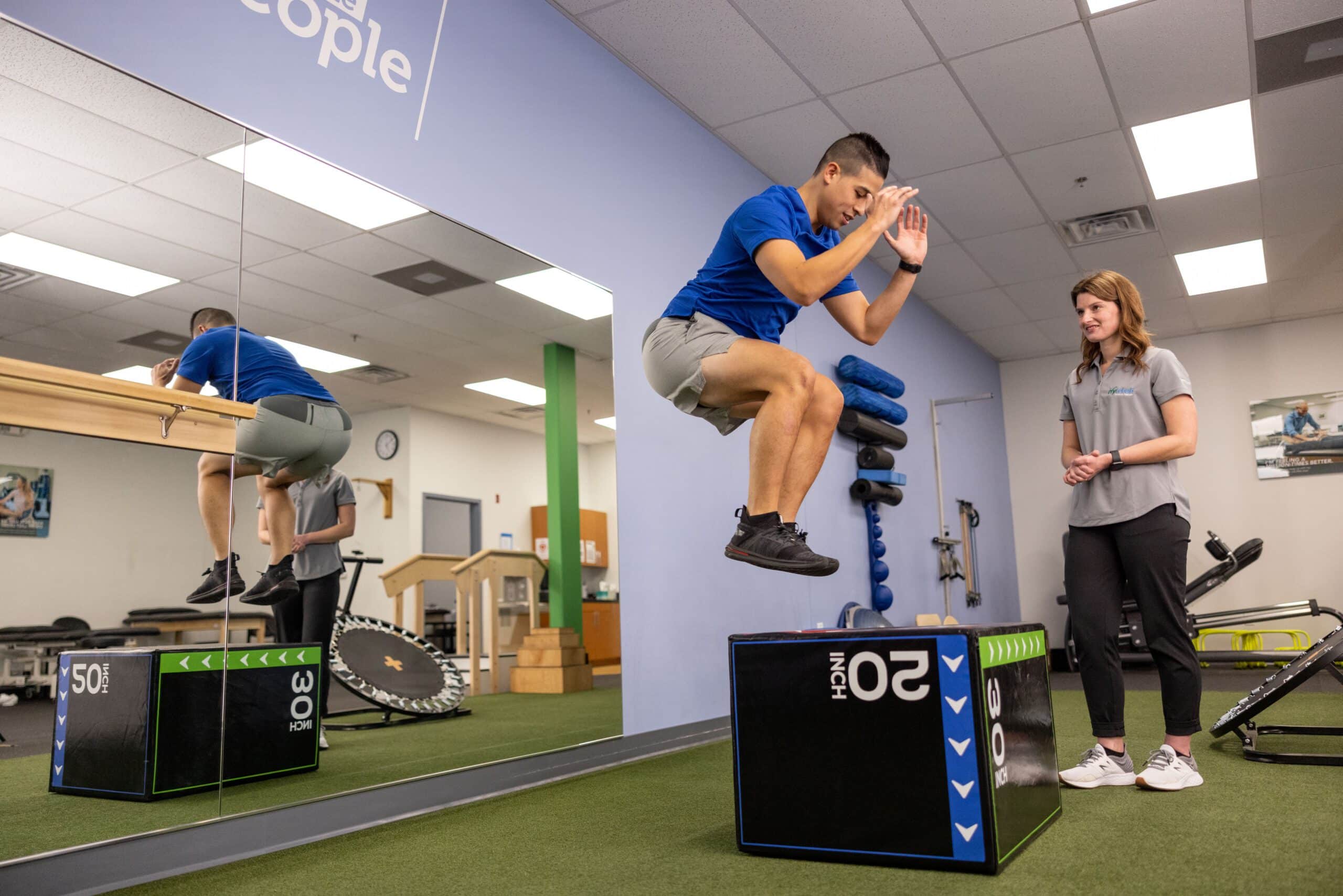Investigating the Impact of Manual Therapy Methods on Alleviating Musculoskeletal Pain and Improving Patient Results
Investigating the Impact of Manual Therapy Methods on Alleviating Musculoskeletal Pain and Improving Patient Results
Blog Article
Hands-on treatment methods are hands-on methods used by healthcare professionals to address muscle and joint pain. Such techniques include different forms of adjustment and movement of the human muscles and joints. The objective of manual treatment is to alleviate discomfort, improve mobility, and enhance overall function. Many people experience muscle and joint discomfort due to injuries, suboptimal posture, or disorders like joint inflammation. By using manual treatment, practitioners aim to tackle these issues and help clients regain their quality of living.
One frequent manual treatment technique is spinal manipulation. This method involves applying controlled pressure to the spine to improve alignment and reduce pain. Research has demonstrated that spinal manipulation can be beneficial in treating lumbar back discomfort and neck pain. Another method is gentle connective tissue manipulation, which concentrates on reducing tightness in the muscles and soft structures. This can help alleviate rigidity and improve range of motion, making it easier for patients to move without discomfort. Both techniques can be customized to satisfy the individual requirements of each client, ensuring a custom method to care.
In furthermore to discomfort relief, manual therapy can enhance patient outcomes in multiple aspects. For instance, it can boost blood flow, which helps supply nutrients and essential elements to the injured regions of the body. Better circulation can also promote recovery and alleviate swelling. Additionally, manual treatment can help patients develop enhanced physical awareness, which is essential for avoiding future Learn More Here trauma. By understanding how their physiques function, clients can make more informed decisions about their movements and alignment, leading to sustained advantages.
The effectiveness of hands-on treatment is often backed by patient responses. Many individuals indicate significant gains in their pain intensity and overall performance after receiving care. This favorable reaction can lead to increased motivation for clients to participate in rehabilitative exercise and recovery exercises. When clients feel improved, they are much likely to participate in their rehabilitation journey, which can additionally enhance their outcomes. This cooperative method between the provider and the patient is essential for attaining lasting outcomes.
In summary, manual therapy methods play a critical role in alleviating musculoskeletal pain and enhancing client results. By applying techniques such as vertebral manipulation and soft tissue mobilization, healthcare providers can help clients recover mobility and reduce discomfort. The benefits of manual treatment go beyond immediate discomfort alleviation, as it also encourages healing and encourages clients to take an proactive role in their recovery. As more individuals seek efficient treatments for musculoskeletal concerns, hands-on therapy continues to be an essential choice in the realm of healthcare.